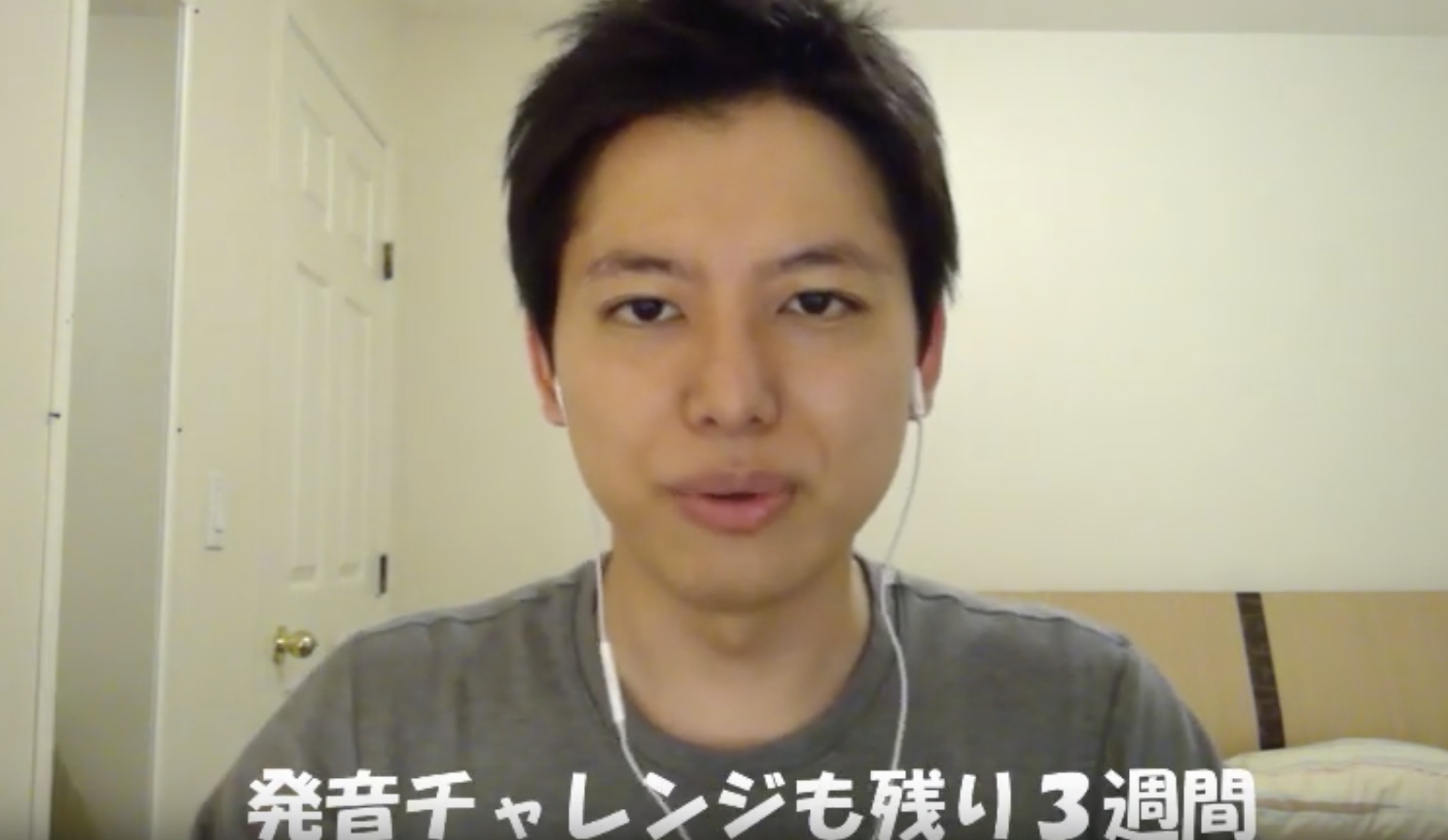Hi I’m Lei Hattori and I’m one of the certified pronunciation trainers at Dr.D’s English. How are you doing?
Today I’d like to talk to you about one of the most important elements in English pronunciation that is Linking.
Now have you ever wondered when you speak to a native speaker, “I don’t quite understand what you’re saying but I understand better when you write it down for me”.
You go “Ah that’s what you’re saying”. If that ever happened to you, you’re not alone. It is all because linking is taking place.
Linking is something that’s always been spoken but rarely been written. I’m going to use a few simple phrases to show you how basically linking works.
Now there are several different patterns of linking but I’m going to show you the most simple one.
Take this phrase for example. If you read it word by word, it sounds “I need a break”. Now because English is spoken with one full breath this is what it’s going to sound like “I need a break”.
What’s happening with linking is when there is a vowel it will be connected to the last consonant in the previous word so the last consonant of the previous word is “d” and this is “a” so “d” and combined together becomes “da”. “I needa break”. So you see “I need a break” but will you hear is “I needa break”.
Next one. “Hi I’d like to check in”. What you see is “check in” and because this is a vowel /i/ sound links to /k/ sound in the previous word. So it will link to the last consonant in the previous word before a word that starts with a vowel.
“In” becomes /kin/ “checkin”. So instead of saying “check in”, say “checkin”. “Hi I’d like to checkin”. You hear “I’d like to checkin” but you will see “I’d like to check in.
Next phrase. “It’s been a long time” “A” is a vowel, it will be linked to the last consonant in the previous word so the “a” sound will be linked to a /n/ sound and when that happens you want to finish pronouncing “been” and then the sound of /na/. So it’s not just “it’s beena”, its “it’s beenna”. “it’s been a long time”
“All we need is love” “Is” starts with a vowel that /i/ sound will be connected to /d/ sound which is the last consonant of the previous word. So /d/ sound and /i/ sound combined together and become /diz/. “All we neediz love” Like The Beatles.
Just a couple more examples for linking. “None of them” after linking “Nannav them”.
Before linking “one of my friends” after linking “Wannav my friends”.
So these are just the simple examples of the most simple pattern of linking. There are other ones which I will be introducing in other videos. Thanks for watching. Have a good one!





Leave a Reply